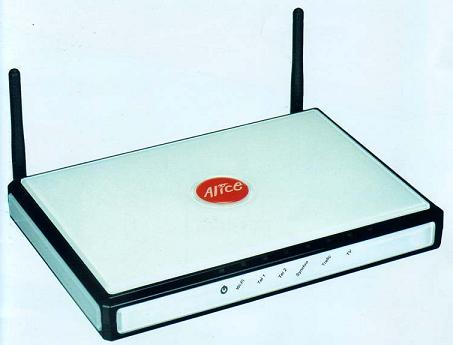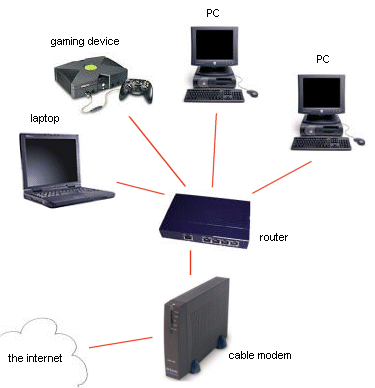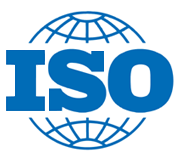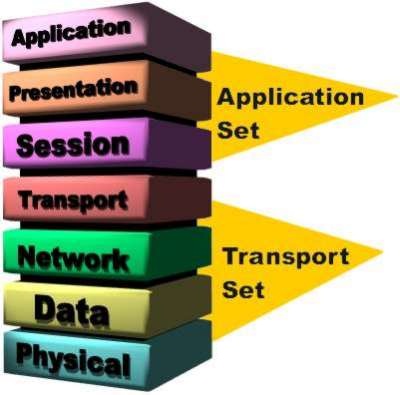INGLESE
The Internet & ISO – OSI Protocols

The Internet & ISO – OSI Protocols
Although the Internet is built using hardware, it is not hardware itself. Similarly, you need hardware to connect to the Internet, but that hardware only serves as a means to access what you really want: the information that the Internet can bring to your PC. Without the right hardware, you could not connect to the Internet, but having the hardware alone won’t get you onto the World Wide Web.
 |  |
Despite its unitary name, there is no giant Internet in the sky or in some huge office complex somewhere. Like an artichoke, if you slice off individual petals or pieces of the Internet, you’ll soon have a pile of pieces and no Internet anywhere, and you won’t find it among the pieces. Rather, like the artichoke, the Internet is the overall combination of the pieces. Those pieces are tied together both physically and logically. The physical aspect is a collection of wires, optical fibres, and microwave radio links that carry digital signals between computers. The combination of connections forms a redundant network. Computers are linked to one another in a web that provides multiple signal paths between any two machines.
The logical side is a set of standards for the signals that travel through that network. The Internet uses various protocols depending on what kind of data is being transferred. The chief protocol and the defining standard of the Internet is TCP/IP.
This is a communications protocol whose full name is the Transmission control Protocol/Internet Protocol. The original uses of the Internet were for electronic mail (commonly called e-mail), file transfer (using FTP, or file transfer protocol), bulletin boards and newsgroups, and remote computers access (telnet).
The World Wide Web, which enables simple and intuitive navigation of Internet sites through a graphical interface, expanded dramatically during the 1990s to become the most important component of the Internet.
 |
 |
Manufactures are gradually incorporating some of these standards into a number of their products , but it is unlikely that total standardization will be achieved for some time , if ever . Where two devices have different protocols , they can often still communicate via a "protocol conversion computer".
ISO-OSI SEVEN LAYER MODEL
OSI is an abbreviation for Open System Interconnection , and a model for OSI (implying that equipment from any manufacturer can be connected to any other manufacturer’s equipment ) has been under development since 1977 . A hierarchy of seven layers has been identified , as described below.
APPLICATION,PRESENTATION,SESSION AND TRASPORT LAYER ( levels 7,6,5 and 4)
These layers pertain to computer science and deal with problems of different high level software system that communicate between each other.
The other levels are more specifically for electronics technicians .
NETWORK LAYER ( level 3)
The function of this layer us to perform the routing of information around the network , connecting adjacent nodes in the network and also carrying out accounting functions to enable the network owner to charge user.
DATA LINK LAYER ( level 2)
The physical data transmission media used in a network are subjected to interferences which can corrupt data and the Data Link Layer handles any data transmission error . The techniques used for receipt and acknowledgement of data by a receiver and handled in this layer.
PHYSICAL LAYER ( level 1)
This layer is concerned with standards for the mechanical , electrical and procedural aspects of interface devices ; for example , the number of pins a network connector should have . It is concerned with how binary data is transmitted along the communication channel.
 |